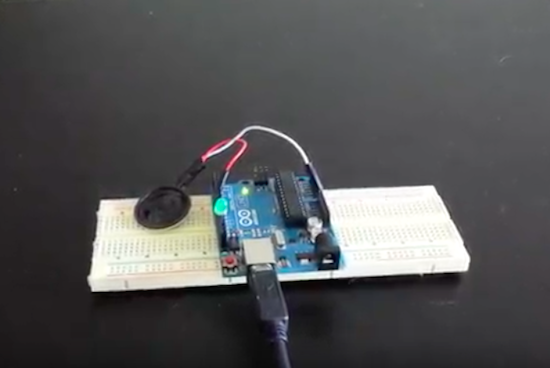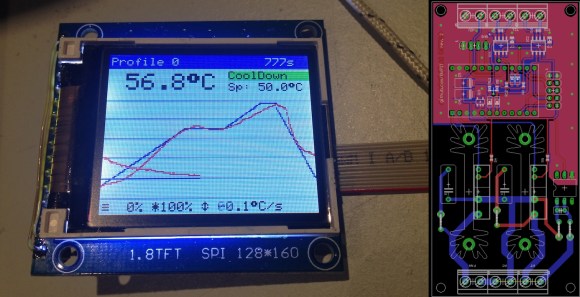A VR “glove” inspired by Ender’s Game

To complement his VR experience, Florian Mauer built a controller that could perhaps best be described as a “hand bracelet.”
As virtual reality applications begin to be implemented, one challenge will be finding an interface device, or combination of them that are unobtrusive, yet allow for versatile input. Mauer decided on a design inspired by the gravity control bracelet from the movie “Ender’s Game.” It can be worn similar to how a pistol is held (illustrated here with a virtual pistol), and reportedly doesn’t get in the way when using a keyboard or mouse–at least before the button was added.

The 3D-printed gadget features an IMU, Arduino Pro Micro, as well as a couple buttons for in-game actions. This helps the Leap Motion controller used here to recognize gestures that would be difficult for its camera to pick up otherwise.
In the 2013 adaptation of Ender’s Game, Harrison Ford’s character slips a metallic device over his hand to control gravity in the training room. This scene inspired me as I’ve been trying to imagine VR controllers that can be used alongside mouse+keyboards. The controller used by Ford seemed convenient to put on, offer a lot of finger freedom, and probably allow for throwing VR objects without falling off.
You can see more information on this promising project on Mauer’s website here.







